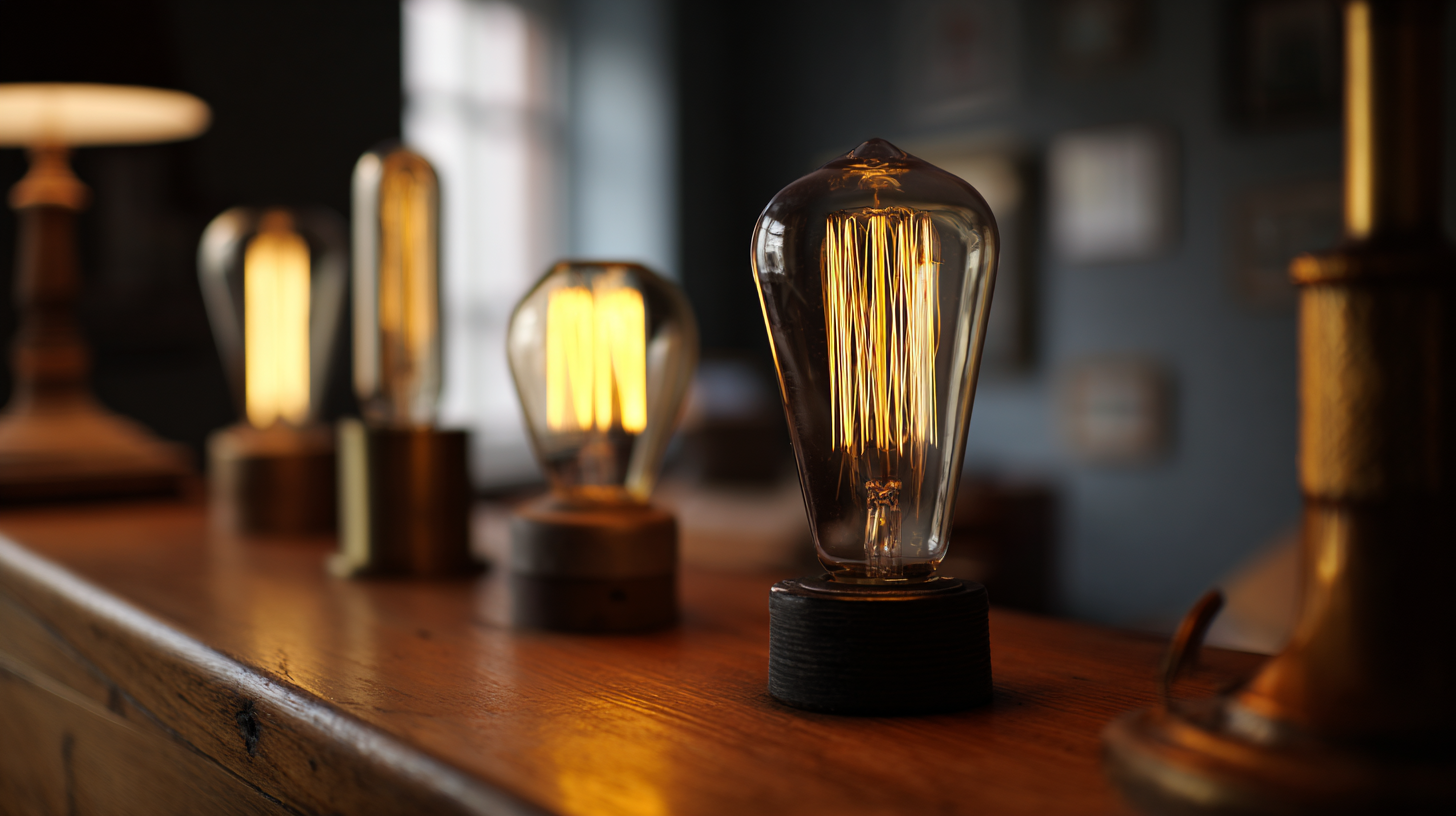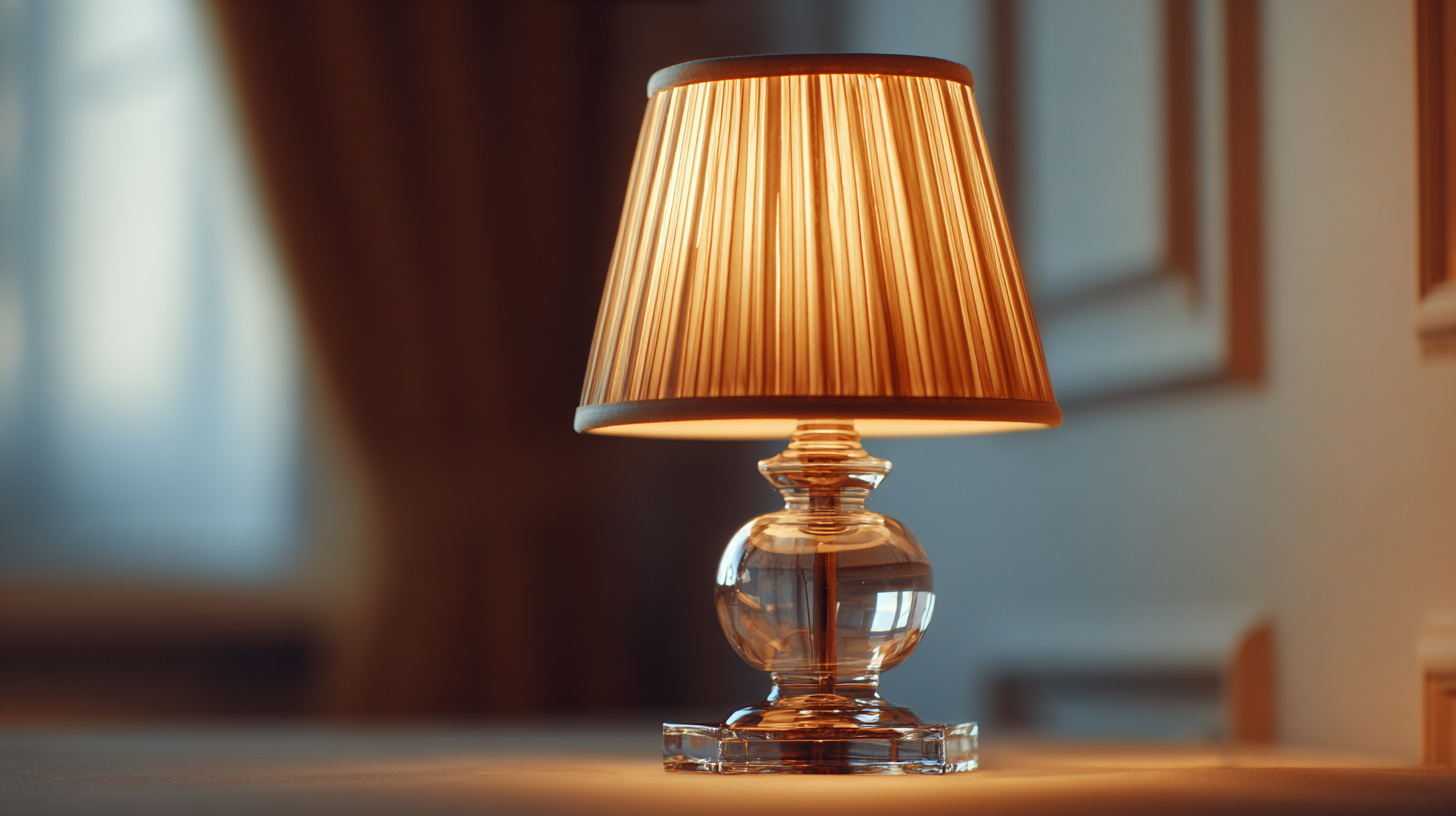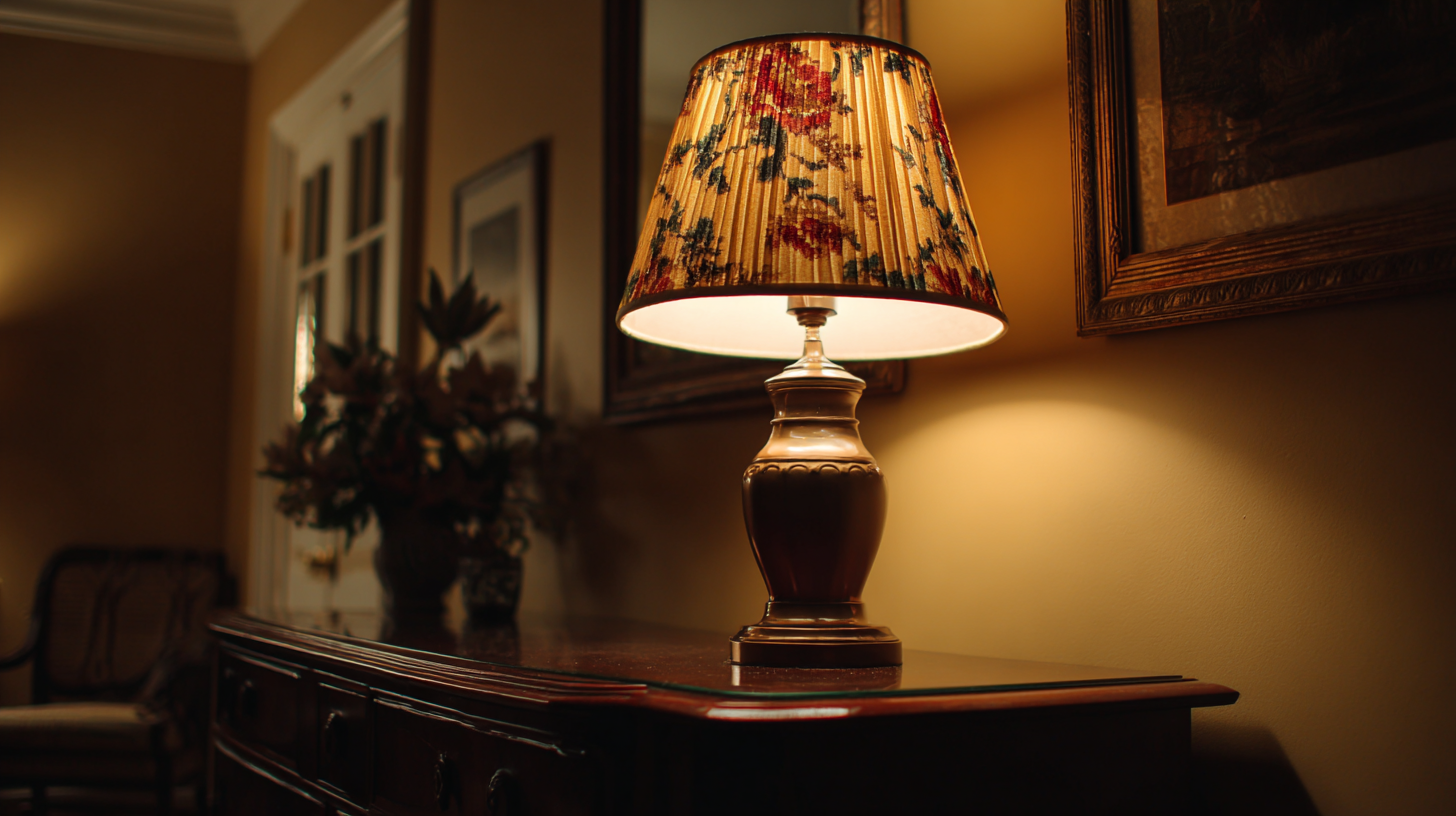In the ever-evolving lighting industry, understanding the intricacies of lamp components is crucial for both consumers and manufacturers alike. The global lamp cap market is projected to reach an estimated value of $7.5 billion by 2025, driven by the increasing demand for energy-efficient lighting solutions and the growing trend towards smart lighting technologies. As various lamp caps cater to different types of bulbs and fixtures, selecting the right lamp cap can significantly impact energy consumption and overall lighting performance. This comprehensive step-by-step guide will assist you in navigating the selection process, ensuring that you choose the best lamp cap that meets your specific needs and contributes to a more sustainable lighting environment.

When selecting the best lamp cap for your lighting needs, it's essential to start with a quick overview of the different types available. There are various lamp cap designs, each tailored for specific purposes and bulb types. The most common include the Edison screw (E26/E27) used for standard household bulbs, the bayonet cap (B22) popular in many countries, and the GU10 fitting typically found in halogen and LED spotlight bulbs. Understanding these types is crucial in ensuring compatibility with your fixtures and desired lighting effects.
Another factor to consider is the wattage and voltage ratings associated with each lamp cap type. For instance, while most standard bulbs can easily fit into an E26 socket, high-wattage bulbs may require specific fixtures to handle increased heat output. Additionally, consider whether you prefer energy-efficient options, such as LED bulbs, which often come with their unique cap types like GU5.3 or G4. Choosing the right cap not only affects functionality but also plays a significant role in the aesthetic of your space, making informed selection vital for both practical and design purposes.

When it comes to choosing the right lamp cap, understanding the size of your lamp components is crucial for achieving both functionality and aesthetics. Start by measuring the diameter of the lamp base where the cap will be fitted, using a caliper for precision. Note down the measurement in both inches and millimeters, as this will help you find the correct lamp cap size across different manufacturers. Additionally, take into account the height of the lamp’s socket, as some caps may require specific height accommodations to ensure a proper fit.
Don't forget to consider the type of lamp you are dealing with. Different lamp styles may have unique specifications regarding cap sizes and shapes. For example, a standard E26 cap is common in many household lamps, while specialty lamps such as chandeliers may need a candelabra-style cap. By measuring the components accurately and understanding your lamp’s design, you can confidently select a cap that not only fits perfectly but also enhances the overall look of your lighting fixture.
When selecting the best lamp cap, the material plays a crucial role in both functionality and aesthetics. Various materials offer different advantages; for instance, ceramic lamp caps are durable and resistant to heat, making them perfect for high-wattage bulbs. On the other hand, plastic caps, while lightweight and versatile, may not withstand higher temperatures as effectively. According to a report by the International Lamp Manufacturers Association, approximately 40% of lamp-related issues arise from material degradation, underlining the importance of choosing the right material for your specific needs.
Tip: Always consider the environment in which the lamp will be used. For outdoor settings, UV-resistant materials are advisable to prevent fading and degradation due to sunlight exposure. Conversely, indoor lamps can benefit from decorative materials like glass, enhancing the overall design of your space.
 Additionally, metal lamp caps, such as those made from aluminum or brass, provide excellent durability and conductivity, essential for efficient light performance. A survey conducted by the Lighting Research Institute found that over 60% of lighting professionals prefer metal caps for their longevity and aesthetic appeal.
Additionally, metal lamp caps, such as those made from aluminum or brass, provide excellent durability and conductivity, essential for efficient light performance. A survey conducted by the Lighting Research Institute found that over 60% of lighting professionals prefer metal caps for their longevity and aesthetic appeal.
Tip: Pay attention to compatibility with your bulb type when choosing a material. Ensure that the cap's heat resistance matches the bulb's wattage to mitigate risks of failure or fire.
When selecting a new lamp cap, ensuring compatibility with your existing fixture is crucial. According to the National Electrical Manufacturers Association (NEMA), improper fittings can account for up to 25% of lighting-related issues, leading to frequent replacements and inefficiencies. Each lamp cap has specific dimensions and electrical ratings, making it essential to verify compatibility before purchasing. For instance, common types like E26 and E27 have distinctive screw sizes but are often mistaken for one another, which can complicate installation.
To ensure a seamless fit, begin by measuring your existing lamp cap’s diameter and thread type. A study by the Lighting Research Center highlighted that mismatched lamp caps lead to reduced energy efficiency by 15% or more, affecting both performance and longevity. Furthermore, confirm the wattage and voltage ratings of your fixture against the new lamp cap specifications. By taking these simple steps and referring to the manufacturer's guidelines, you can significantly enhance both the safety and functionality of your lighting solutions. Choosing the right lamp cap not only extends the lifespan of your fixtures but also promotes energy efficiency in your home or workspace.
When selecting a lamp cap, understanding safety standards is crucial. Look for certifications that indicate the lamp cap has undergone rigorous testing to meet industry requirements. Common certifications include UL (Underwriters Laboratories), CE (Conformité Européenne), and CSA (Canadian Standards Association). Each of these marks reassures you that the lamp cap has been evaluated for electrical safety, durability, and performance. These standards often include checks for materials used, heat resistance, and electrical insulation properties, ensuring that the product is safe for consumer use.
Additionally, it’s essential to verify whether the lamp cap is compliant with local regulations. Different regions may have specific safety codes, so check for certifications that match your locale. Be cautious of unmarked or poorly marked products, as they may not meet safety requirements and could pose risks like electrical fires or short circuits. Accreditations by reputable laboratories strengthen the reliability of the lamp cap, giving you peace of mind in your lighting choices. Always prioritize safety certifications to ensure you are buying a high-quality and secure lamp cap for your home or workspace.
